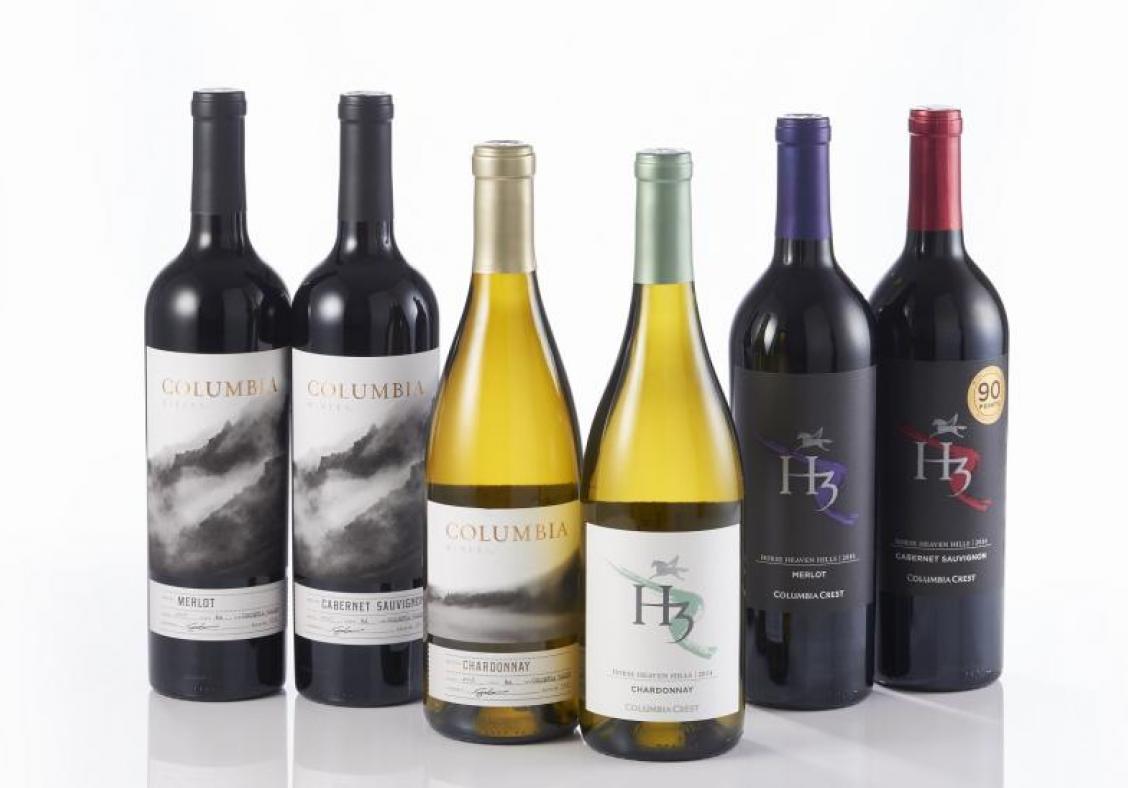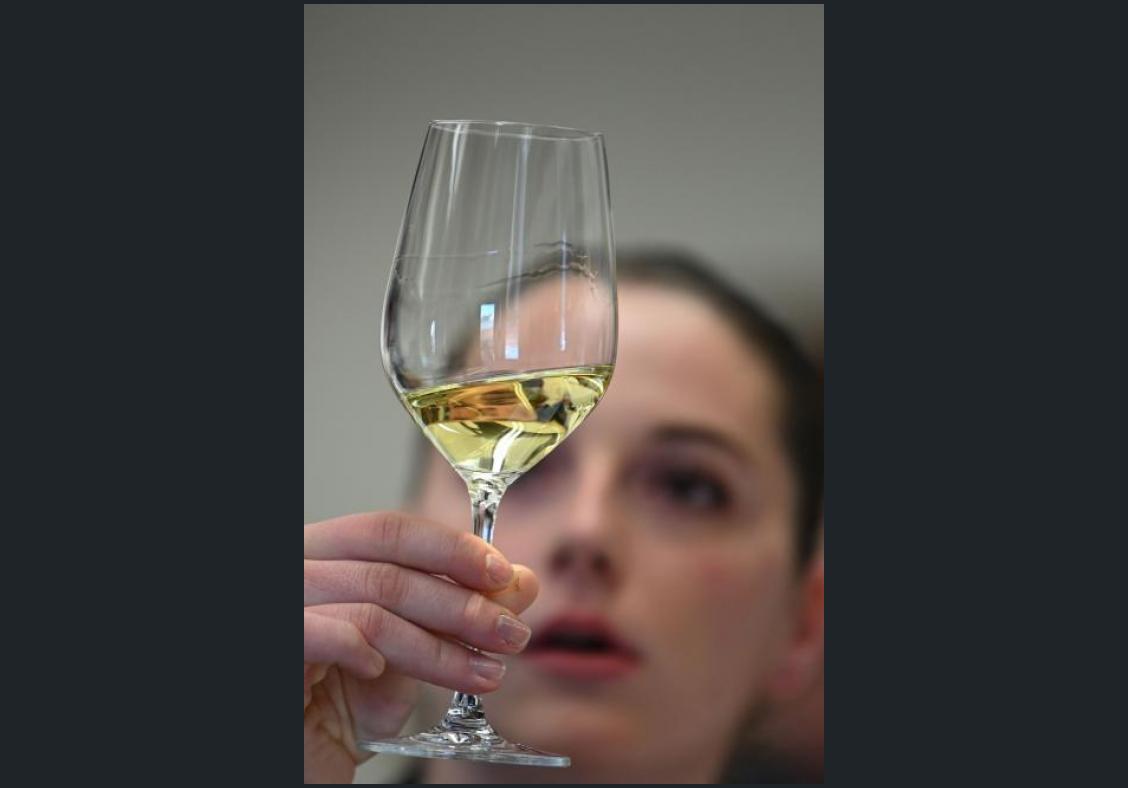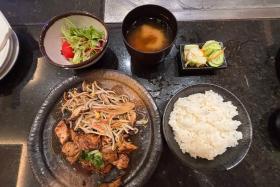Tasting wine like an expert
Savour wine, not just drink it, with these steps
Tasting and drinking wine are quite different approaches to the same liquid in front of us.
It is like visiting the same place for work or for play.
Tasting wine does not begin by placing wine on your palate but by looking at the colour.
In the case of a white wine, the deeper the complexion, the more it suggests that the wine is either very ripe, of some evolution and age, or that it could be oaked, or all of the three reasons.
If, instead, the shade is light or even colourless, this suggests a young, light-bodied and most likely unoaked white.
Actually, there is no such thing as 'white' wine. Milk is white but never wine. We use 'white' merely as a term of convenience.
After this visual inspection, we are still not yet ready to put the wine into our mouth. The following next step is of utmost importance.
NOSING THE WINE
Pour some wine into the glass - about a fifth or less of the glass. Now, twirl the glass to swirl the wine in it.
What you are doing is actually disturbing the wine, which was slumbering prior.
Agitating the wine wakes it up. In the process, the wine stretches, much like yourself in the morning when roused by the alarm or shaken by someone.
Having woken up, the wine unlocks its personality - the aroma and hints of the flavours you will soon discover on your palate.
Whenever I give training, I adopt a two-step process to show participants the world of difference between nosing or smelling a wine in a glass on the table, and one that we have lifted and awoken.
Try it for yourself.
The glass is on the table. Pour some wine into it. Nose or smell it. Now, lift the glass off the table. Twirl it around (do it fast enough and it won't spill, do it too tentatively and it will).
The wine has been swirling and stirring in the glass.
Now, nose it.
Can you discover how much more open and communicative the wine is?
You not only detect more aromas but can even have an idea of how less or more acidic it is going to be (especially when you are comparing two or three wines at the same time).
TASTING THE WINE
Do not drink by swallowing it immediately. Instead, detain the wine on your palate. Push it gently back and forth and roll it around in your mouth. Get a full picture, the entire organoleptic scenery, of the wine.
You should be able to confirm - and sometimes refute - what you had picked up and suspected when you nosed the wine in the glass.
Congratulations, you have earned your reward. Now, drink and enjoy the wine.
The writer is the wine consultant for FairPrice. He is also regional chairman of Decanter World Wine Awards, vice-chairman of Decanter Asia Wine Awards and a columnist for the World of Fine Wine magazine in Britain.

Columbia Crest H3 Chardonnay 2016
H3 refers to Horse Heaven Hills, the official appellation of this American wine from Washington state.
The region is also home to native Americans who gave H3 its name. Green straw hue. Vanilla and apple/lime/lemony fruit. Medium-bodied with a little grip of oak on the finish. Enjoyable on its own and with deep-fried finger foods including dim sum and tempura.
Columbia Crest H3 Merlot 2016
Toasty and smoky on the nose. Light red/blue fruit and soft tannins. Medium-bodied.
Merlot is the principal grape of the Right Bank of Bordeaux including Saint-Emilion but particularly Pomerol. Columbia Crest opened its winery in Horse Heaven Hills to the public in 1983.
Columbia Crest H3 Cabernet Sauvignon 2016
Light capsicum, blackberry toasty/smoky/oaky fruit. Hints of chocolate.
Smooth tannins with a grip on the finish. While enjoyable on its own, even better with food, including roast chicken, duck and beef. Columbia Crest Winery is about a three-hour drive from Portland and 3½ hours from Seattle.

Columbia Winery Chardonnay 2016
The cool climate of Washington State shines through this elegant wine in spite of the fact that 2016 is considered a warm vintage.
The winery sourced most of the fruit from the even cooler Yakima Valley. There's a dash of Viognier (2 per cent) and Muscat (1 per cent) in this Burgundy-inspired white. Bright straw/light yellow. Pear, apple and green melon fruit with a delicate vanilla aspect. Lively, fresh, medium-bodied and very harmonious. Delicious on its own and with seafood, pork and ham.
Columbia Winery Merlot 2015
Smoky toasty oak that lends a vanilla sweetness to the wine. Blackberry fruit with a hint of plums and cloves.
Comprising 85 per cent Merlot, with the remaining balance of the blend made up of Syrah and Malbec. Decant 20 minutes ahead. Enjoyable with tandoori dishes including chicken and lamb. Columbia Winery was founded in 1962 by 10 friends, six of whom were professors at the University of Washington.
Columbia Winery Cabernet Sauvignon 2015
Very toasty and smoky on the nose. Blue- and blackberry fruit with soft, round tannins.
This medium-plus-bodied Bordeaux-inspired red has lots of freshness. Cabernet Sauvignon is the backbone grape of red Bordeaux from the Médoc or Left Bank.
Decant 30 minutes ahead and pair with a whole range of meats from chicken and duck to lamb and beef. Delicious also with tofu and mushroom dishes and stews. Winemaker Sean Hails has worked in Australia and California.
Get The New Paper on your phone with the free TNP app. Download from the Apple App Store or Google Play Store now



